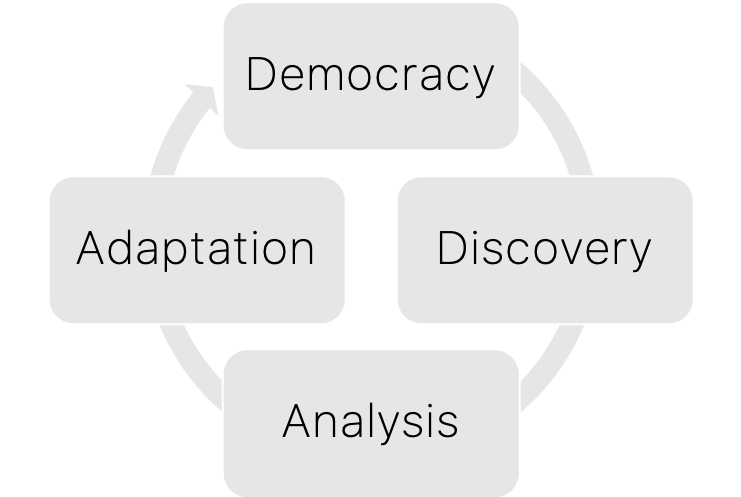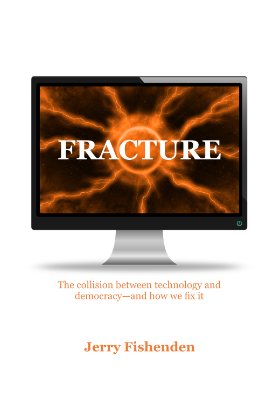I’ve finally got back to working on my book ‘Fracture’ (working title). It’s about the intersection of politics, policymaking and technology — subjects I’ve worked on and written about in blog posts, books and related articles over the past decades.
It will also include previously unpublished material from my work with governments, civil society and non-governmental organisations, universities, and technology companies.
The book’s structure and scope is broadly that outlined in my Democracy pages. This follows the approach I’ve used to help politicians, policymakers, senior officials, executives and others to develop improved situational awareness, better map the landscape, and understand where they and their organisation fit within it, and how best they can adapt.

I start the book by setting out current government use of technology, and where we could, and should, have expected to be by now. I explore the approaches of recent decades, and how we can use digital, data and technology to inform and improve policymaking and the renewal and promotion of democracy, at home and abroad.
The subsequent section is a discovery. It explores the landscape of current and emergent technologies, and looks at potential cross-technology clusters and the breakthroughs and implications they might bring.
Next, I provide an analysis. This covers multiple related and overlapping topics, from algorithms, trust, law as code/code as law, blockchain and related much-hyped technologies and initiatives (from web3 to cryptocurrencies and DeFi), to cybercrime, education, security and privacy, asymmetric justice and the idea of public-interest technologists. Along with many other topics. It explores both the upsides and downsides of current digital trends.
I then explore the need for better political and policymaking adaptation — or managing change, if you prefer. This is where I get into how politics and policymaking can better take advantage of digital, data and technology — rather than using them largely as downstream tools to automate top-down policy decisions.
Finally, I intend to bring all of this together in the concluding section to provide a series of practical steps to reboot and improve policymaking and politics to make them more relevant and effective.
Well, that’s the current ambition, scope and outline, anyway. It’s a very fluid work in progress. I want to turn my practical experiences of working at this complex intersection of politics, data and technology into something that might be useful to others. Or at least, let them know what to avoid 🙂
Alongside my personal “library” of materials — from blog posts, articles, slide decks, the digital government archives, Ministerial and political briefings, executive events, conferences, and so on — I’m reviewing and synthesising a collection of grey literature and academic articles that I’ve pulled together over the past 20-plus years. To be frank, it’s proving a challenge — and putting it all into a coherent narrative even more so.
At some point, when I’ve wrestled it into a vaguely coherent form of words and structure, I’ll be asking (begging?!) trusted colleagues and critical friends to look at the draft book and provide candid feedback. You have been warned 🙂
Inbetween, as it hopefully takes shape between client commitments, I’ll post extracts on my blog to give a more detailed flavour of what’s coming. It’ll be good to engage in practical, informed — and no doubt occasionally heated — discussion about the issues and topics raised ahead of publication. And long after too.
